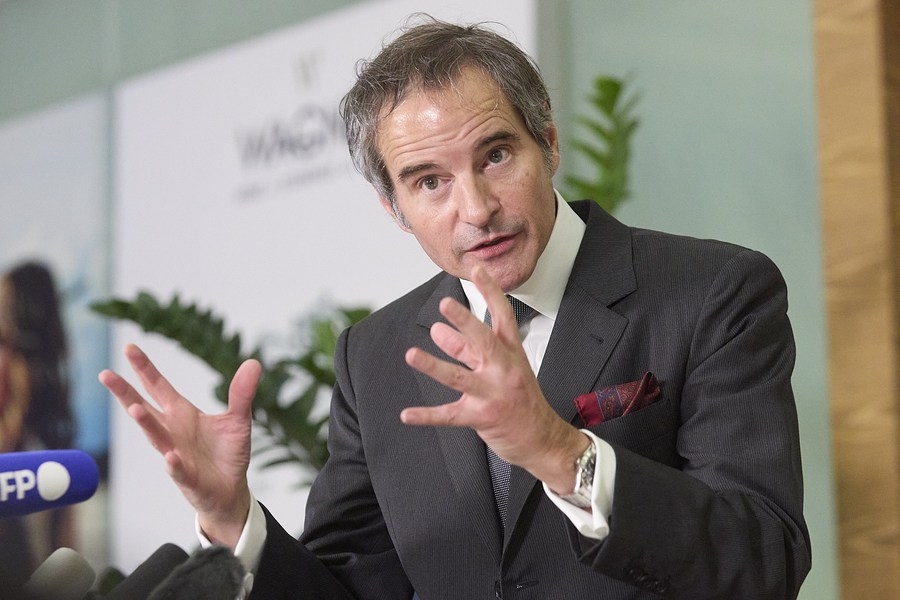China currently is the biggest driver of oil demand and India ranks No.2 in growth….reports Asian Lite News
India will overtake China as the biggest driver of global oil demand in 2027 as transportation and industry consumption in the world’s fastest-growing major economy will drive growth despite a big push for clean energy and electrification, the International Energy Agency said on Wednesday.
The Paris-based agency in a special Indian Oil Market Outlook to 2030 report released at the India Energy Week in Goa, said the country’s oil demand will rise from 5.48 million barrels per day in 2023 to 6.64 million bpd in 2030.
China currently is the biggest driver of oil demand and India ranks No.2 in growth.
The numbers given by IEA in the report seem to talk of crude oil processed into fuel for domestic as well as for exports. The domestic consumption as per the oil ministry data is around 5 million barrels per day (bpd).
“India’s oil demand will grow at a rapid pace by 2030 despite accelerated green energy moves,” IEA director of energy markets and security Keisuke Sadamori said. “Growth in India will surpass that of China in 2027.”
But in absolute terms, demand in India will still lag China’s even in 2030.
“As oil demand slows in developed countries and China, India becomes the largest source of growth,” said Toril Bosoni, head of oil industry and markets division, IEA.
India currently is the third largest consumer of oil behind the US and China. It imports 85 per cent of its oil needs and this dependence is likely to rise as domestic production falls.
Diesel, she said, accounts for about 50 per cent of Indian gains and 20 per cent of global demand growth to 2030.
The demand growth is despite the push for electric vehicles which make up for a small fraction of the automobiles on the road currently. The EV push will see greater adoption in two- and three-wheelers while their penetration in the four-wheeler segment would be around 5 per cent.
“More than 500,000 barrels per day of oil demand will be avoided due to increased EV penetration, energy efficiency improvements and biofuels growth,” she said. Of this, around 200,000 bpd would be because of EV penetration.
She said refinery expansions will ensure India meets domestic needs and maintain its position as a key exporter of transportation fuel to Asia and the Atlantic Basin, she said adding Indian energy companies are targeting an additional 1 million barrels per day of refinery capacity.
On biofuels, IEA said raising ethanol blending in petrol from current 12 per cent to 20 per cent may be a challenge given feedstock constraints.
Lack of major discoveries will see domestic production fall to 540,000 bpd by 2030, she said adding imports will rise from 4.6 million bpd in 2023 to 5.8 million bpd in 2030.
India holds oil stock equivalent to meet 66 days of requirement. This includes seven days requirement stored in underground strategic reserves and the rest in depots and tanks in refineries and other locations. IEA member nations maintain a stockpile equivalent to 90 days of their demand. India is an associate member of IEA.
“India will become the largest source of global oil demand growth between now and 2030, while growth in developed economies and China initially slows and then subsequently goes into reverse in our outlook,” IEA said. “India is on track to post an increase of almost 1.2 million bpd, accounting for more than one-third of the projected 3.2 million bpd global gains, to reach 6.6 million bpd by 2030”.
The massive industrial expansion means that diesel is the single largest source of oil demand growth, accounting for almost half of the rise in the nation’s demand and more than one-sixth of total global oil demand growth through 2030. Jet-kerosene demand is poised to grow strongly, at around 5.9 per cent per year on average, but from a low base compared to other countries.
Petrol will grow by 0.7 per cent on average, as the electrification of India’s vehicle fleet avoids a more substantial rise. LPG rounds out the growth picture, as petrochemical industry investments in production facilities boost feedstock demand.
As a relatively small oil producer, and with limited potential for near-term growth, India’s domestic production accounted for just 13 per cent of the country’s supply needs. In 2023, domestic oil production averaged around 700,000 bpd.
“Despite renewed efforts by the government to attract foreign upstream investment, domestic crude oil production is expected to see continued declines over the medium term,” IEA said.
India’s spectacular economic growth story, however, brings myriad challenges for its security of energy supplies, IEA said.
“India was already the world’s second-largest crude oil net importer in 2023, having boosted imports by 36 per cent over the past decade to 4.6 million bpd to meet rising refinery intake. Increased refining processing will lift crude oil imports further, to 5.8 million bpd by 2030, with major implications for India’s security of supply”.
The energy crisis and recent surge in long-haul crude sources, notably from Russia, has also added further impetus to sustaining the country’s oil resilience in case of market disruptions, it said.
ALSO READ: UBS deepens cost-cutting drive

Leave a Reply